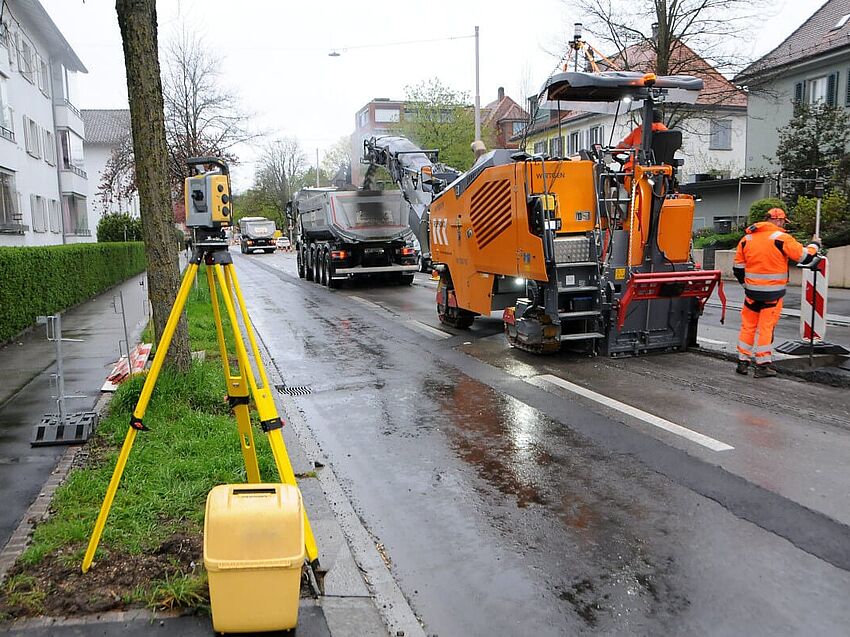In a three-year research and development project, ALLPLAN is working together with renowned partners from research and industry to develop the foundations for cloud-based solutions for automated inventory modeling using AI. To ensure data sovereignty in the overall process, the consortium relies on GAIA-X.
Building Information Modeling (BIM) is the future of construction. BIM is a method for optimizing value chains along the entire life cycle of buildings and infrastructure structures. At the core of the technology are digital models that, in addition to 3D geometry, can contain all information relevant for planning, construction and operation. Currently, BIM is mainly used for project coordination during planning. However, BIM models also form an important basis for digital twins, which are intended to improve the interaction of people, machines and structures as a central data hub during the construction phase and the long utilization phase. While BIM models are already created during planning for current new construction projects, BIM models are reconstructed for older structures on the basis of different information sources.
Generation of Digital Twins through AI
BIM-based work with as-built models is increasing and with it the demand for the creation of so-called as-built models. The manual creation of digital as-built models, whether for maintenance optimization, conversion planning, infrastructure renewal or deconstruction, is a tedious and repetitive task that is associated with high costs. The BIMKIT project (As-built modeling of buildings and infrastructure structures using AI to generate Digital Twins) aims to achieve a particularly high degree of automation with the help of artificial intelligence.
BIM services based on GAIA-X
The aim is that information on buildings and infrastructure structures, such as 2D plans, images, point clouds or text documents, is first evaluated by AI processes and, in the next step, structural and technical building elements are generated and fed consistently and transparently into a BIM-based inventory model. In addition, an automated update of existing as-built models is to take place. Another important component of the project is the central provision of data and AI services using open standards and BIM systems on the basis of the European data infrastructure GAIA-X, which is currently being established, thus enabling the development of open platforms and marketplaces for AI services in the construction industry. Since safety-relevant information on buildings is also evaluated in this process, data sovereignty and security play a key role.
Broad consortium of experts and companies
The project is operated by a broad consortium of experts and companies from the fields of IT realization, software development, science, surveying technology, real estate management, and planning and project management. The consortium partners include
AI4BD Deutschland GmbH, A+S Consult GmbH, eTASK Immobilien Software GmbH, Fraunhofer Gesellschaft für Angewandte Forschung e.V. - Heinrich-Hertz-Institut, Hexagon Geosystems Services AG, Neue Technologien AG, planen bauen 4.0 GmbH, Ruhr-Universität Bochum und Schüßler-Plan Ingenieurgesellschaft mbH.
VIKI: Parametric modeling of infrastructure structures based on AI methods
The main task of ALLPLAN within BIMKIT is the development of BIM solutions for the parametric modeling of infrastructure structures that automatically adapt to the physical structure by means of AI, the implementation of demonstrators on the basis of which the developed technologies are to be tested, and the evaluation and optimization of the same.
BMWI Artificial Intelligence Innovation Competition
BIMKIT is funded by the Federal Ministry for Economic Affairs and Energy (BMWi) and was able to prevail over a broad field of competitors in the innovation competition "Artificial Intelligence as a Driver for Economically Relevant Ecosystems". The project will start in January 2021 and run for three years. By the end of the project, the prototypes developed will have been tested in demonstrators and then turned into marketable products.




